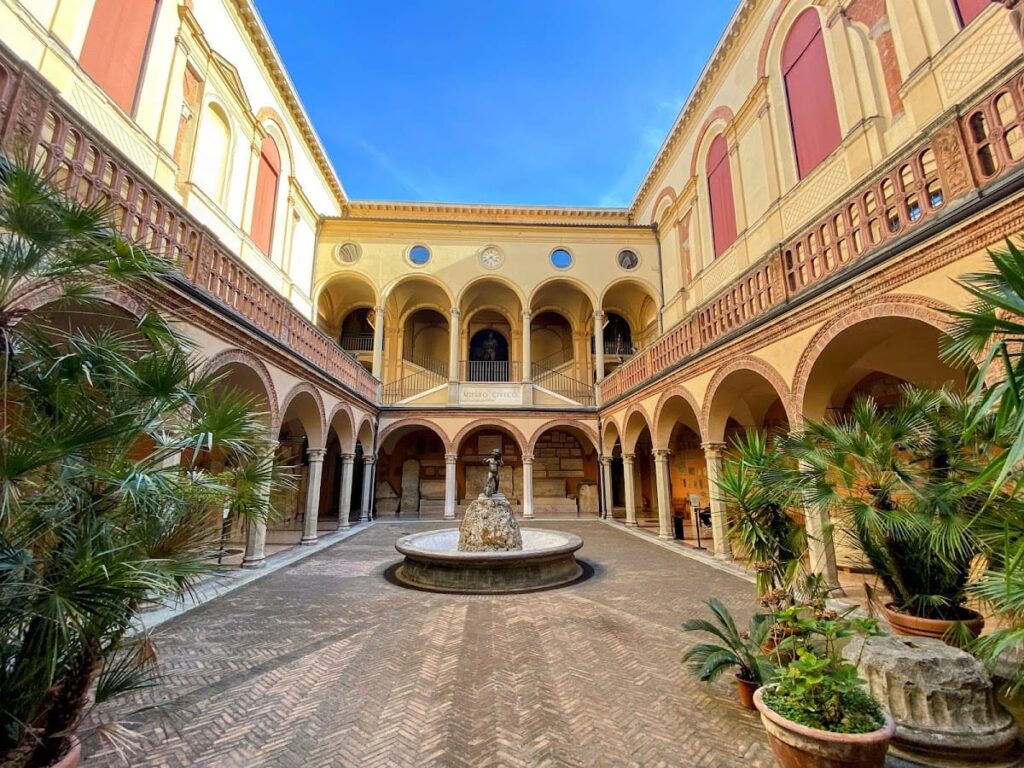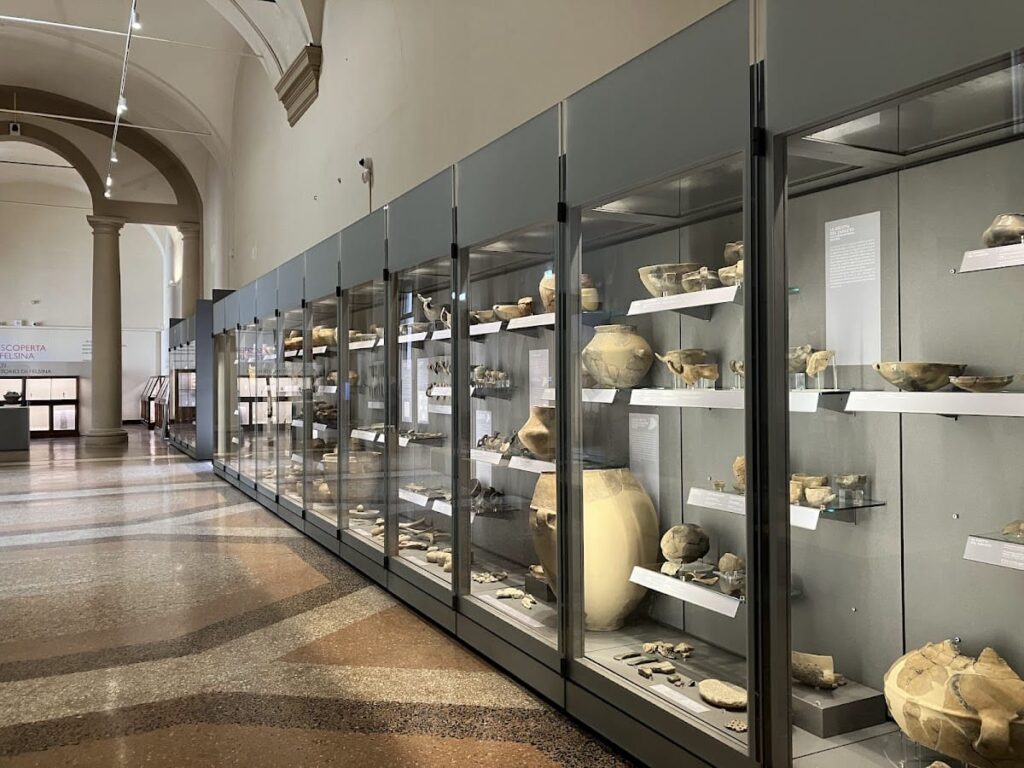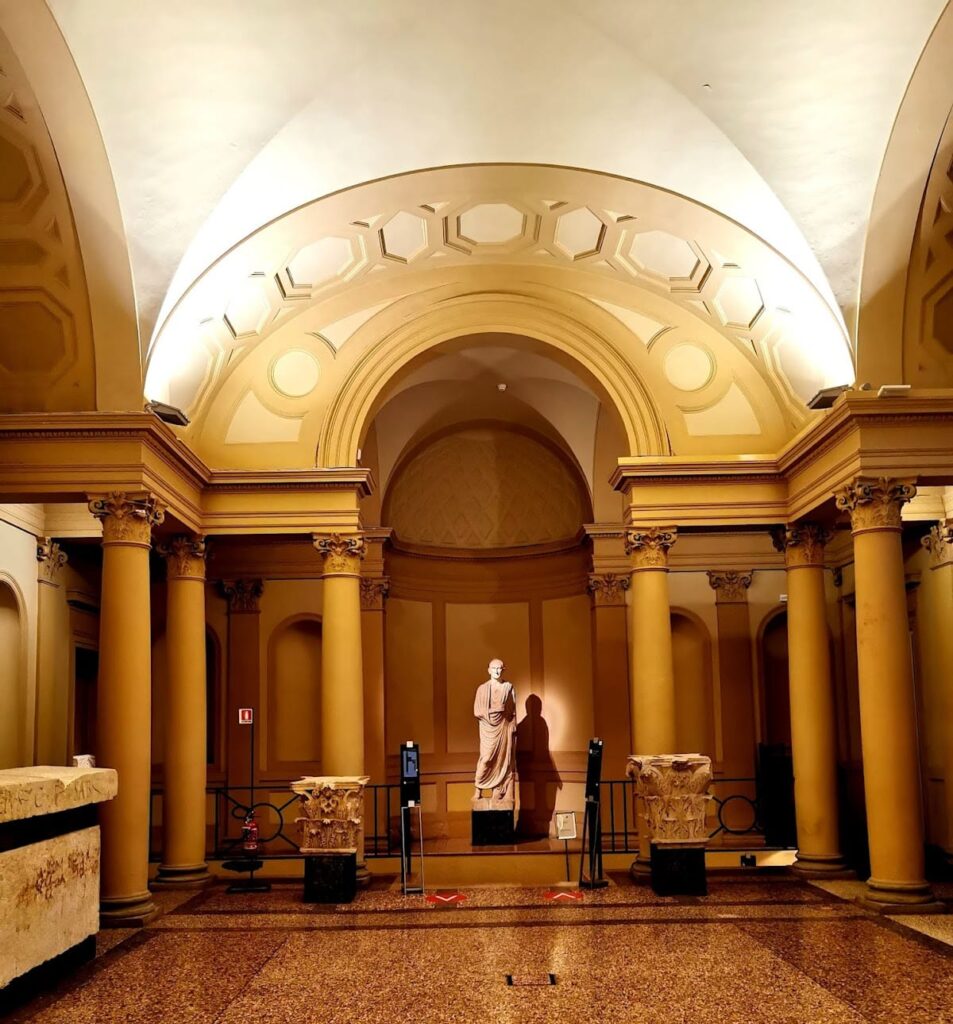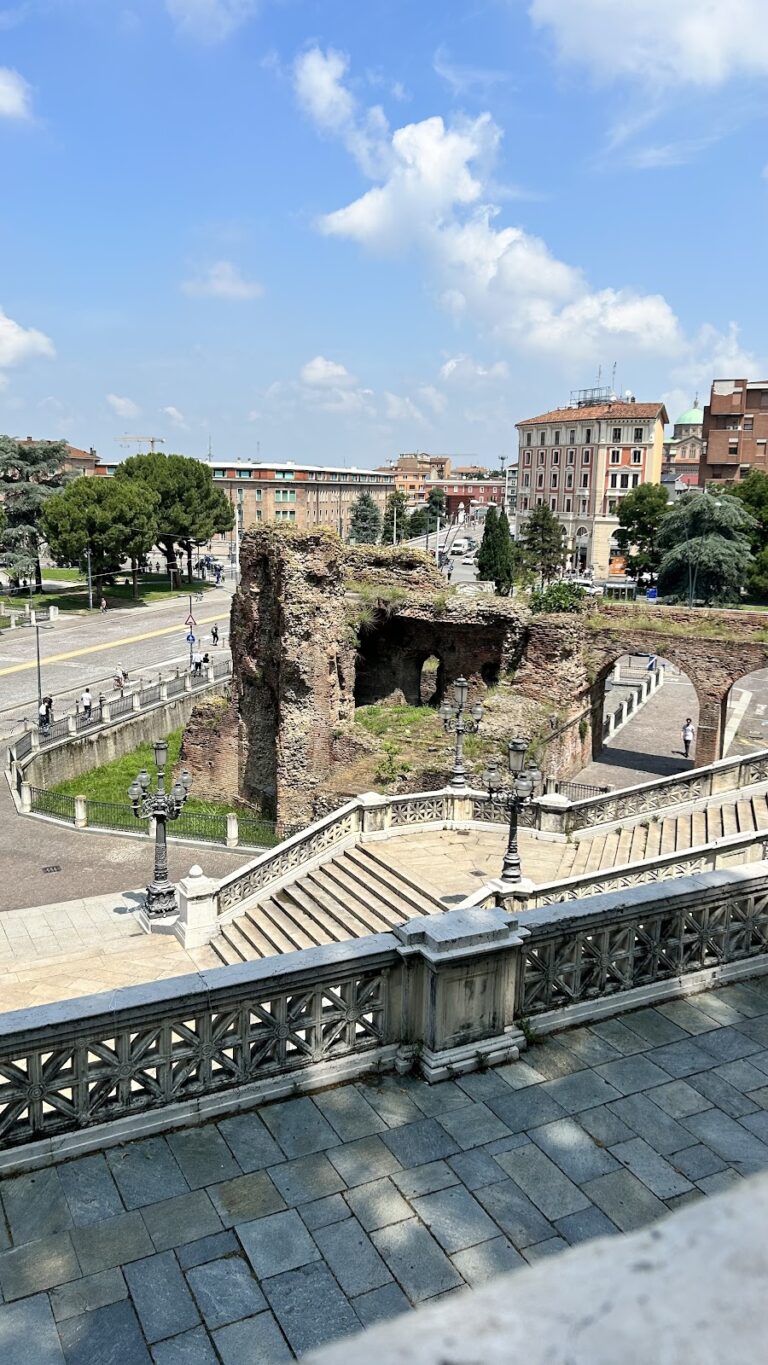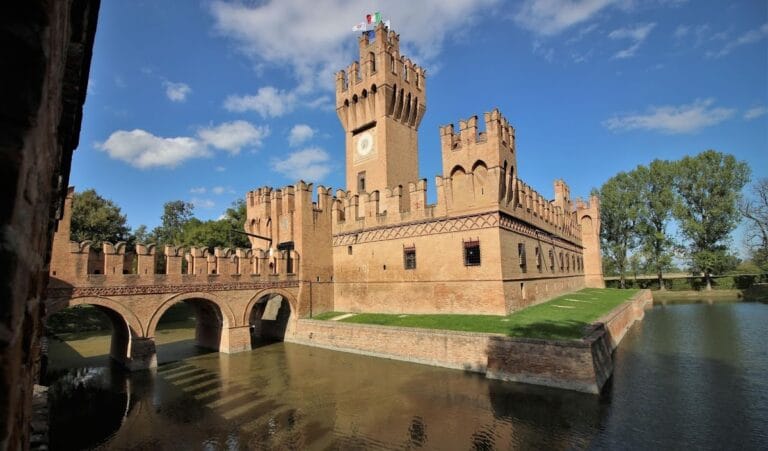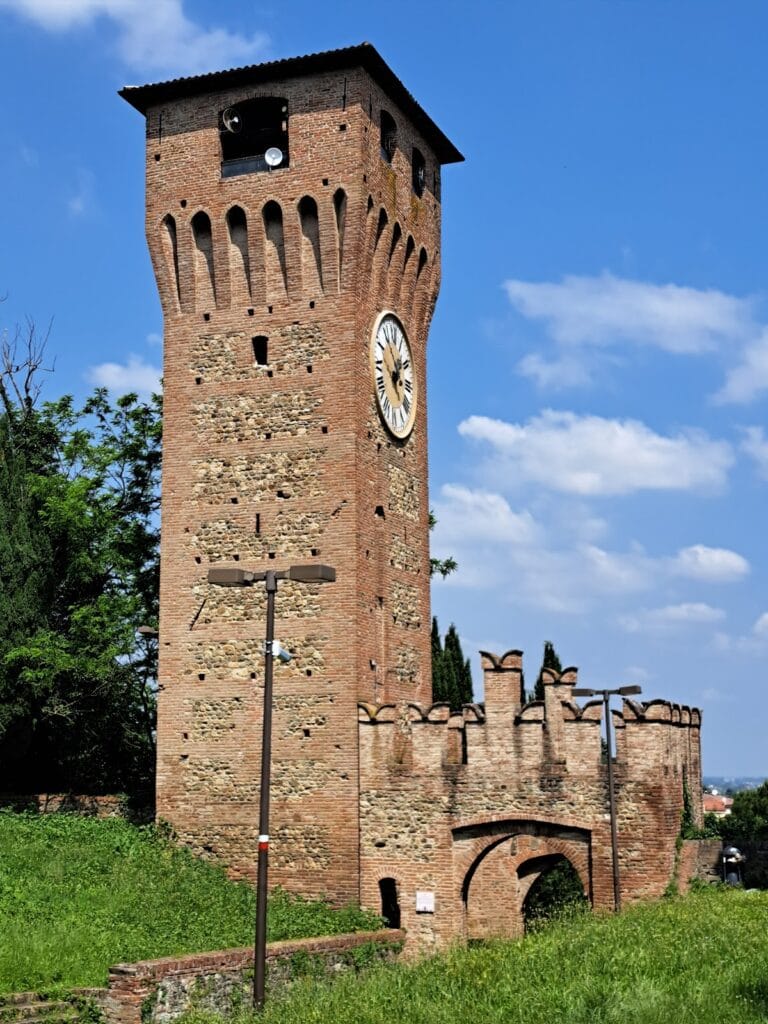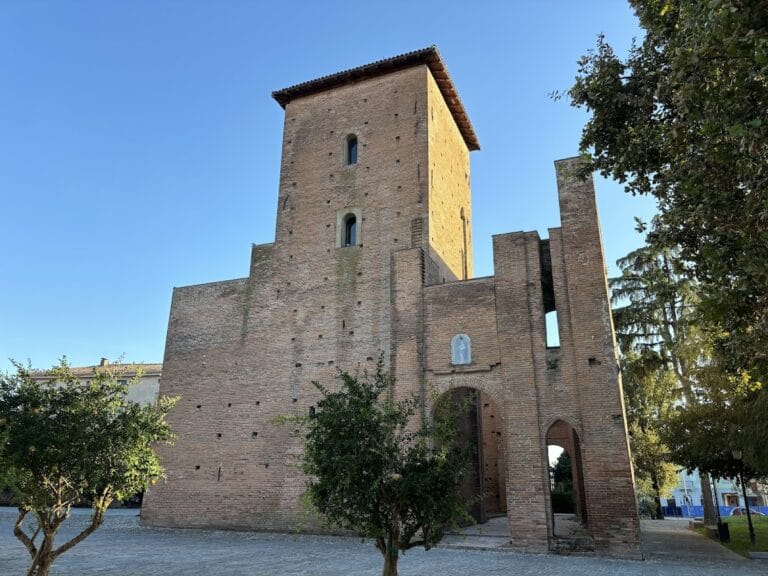Civic Archaeological Museum of Bologna
Visitor Information
Google Rating: 4.5
Popularity: Medium
Google Maps: View on Google Maps
Official Website: www.museibologna.it
Country: Italy
Civilization: Celtic, Egyptian, Greek, Roman
Remains: Museum
History
The Civic Archaeological Museum of Bologna is located in the city of Bologna, within the Emilia-Romagna region of northern Italy. The museum occupies the Palazzo Galvani, a 15th-century building once known as the “Hospital of Death.” Bologna itself has a long history, with archaeological evidence tracing human presence in the area back to the Lower Paleolithic period, around 700,000 years ago.
The earliest confirmed phase of settlement in the Bologna area is prehistoric, with evidence of ancient communities living there long before recorded history. By the mid-6th century B.C., the Etruscan civilization had established the city of Felsina on this site. This Etruscan city thrived until the early 4th century B.C., leaving behind tombs and artifacts that reveal a rich urban culture with connections to the wider Mediterranean world.
Following the decline of the Etruscans, the Celtic Boi tribe occupied the region in the early 4th century B.C. This period is marked by the presence of iron weapons and pottery that reflect both local traditions and influences from across the Alps. The Celts maintained control until the Roman expansion reached the area.
Under Roman rule, Bologna became an important settlement within the empire. The Roman phase is documented through tombstones, statues, and milestones from the Via Emilia, a major Roman road. Among the notable finds is a statue of Emperor Nero dating to the mid-1st century A.D., discovered near the site of the ancient Roman theater. The Roman presence continued into the early Christian era, as shown by ivory religious objects from the 5th century A.D.
The museum itself was founded in September 1881 through the union of two collections: the University of Bologna’s archaeological holdings, which descended from the early 18th-century Academy of Sciences, and the City of Bologna’s museum, which included the collection of artist Pelagio Palagi acquired in 1860. Excavations in the 19th and early 20th centuries, especially those uncovering Etruscan and Celtic materials, greatly enriched the museum’s holdings.
Throughout its history, the museum has preserved and displayed artifacts representing the full span of Bologna’s past, from prehistoric times through the Roman period. It has also become a major center for Egyptian antiquities, housing one of Europe’s most important collections of ancient Egyptian objects.
Remains
The museum’s collections are housed within Palazzo Galvani, a historic 15th-century building formerly known as the “Hospital of Death.” The archaeological materials are arranged by cultural and chronological phases, including prehistoric, Etruscan, Celtic, Roman, Greek, Egyptian, and numismatic sections.
Among the Etruscan remains are approximately 4,000 tomb kits featuring bi-conical urns, bronze tools, and luxury items such as the Benacci askos, a type of vessel. The Giardini Margherita necropolis tombs, including the “Great Tomb” and the “Tomb of the Footstool,” contain imported Greek wine vessels, a large candelabrum, and an ivory seat, illustrating the wealth and cultural connections of the Etruscan city of Felsina.
The “Certosa’s Situla,” a bronze vessel decorated with scenes of military, civic, and religious life, is a notable Etruscan artifact. The Verucchio Villanovan culture is represented by a princely tomb with well-preserved wooden furniture, including a throne and footrest.
The Celtic section displays iron weapons characteristic of trans-Alpine traditions alongside Etruscan banquet pottery, reflecting cultural interactions during the early 4th century B.C.
The Roman lapidarium contains tombstones dating from the 1st century B.C. to the mid-2nd century A.D. A mid-1st century A.D. statue of Emperor Nero in military armor was found in the 15th century at the site of the former Roman theater in Piazza de’ Celestini. The courtyard of the museum holds milestones from the Via Emilia, the ancient Roman road connecting the region.
The Greek collection includes the marble head of Lemnian Athena, a Roman copy of a 5th-century B.C. bronze by the sculptor Phidias. It also features rich ceramics from Attica and Magna Graecia and a collection of ancient and modern engraved gems.
Roman artifacts include glassware, bronze figurines, and domestic items such as keys, fibulae (brooches), needles, spoons, bells, weights, and scales. Early Christian ivory diptychs and ciboria (containers for the Eucharist) from the 5th century A.D. are also part of the collection, along with marble sculptures representing public and private portraits.
The Egyptian collection holds over 3,500 objects, including sarcophagi, stelae (stone slabs), and ushabti figurines, spanning from the Old Kingdom to the Ptolemaic period. Noteworthy items come from the tomb of Horemheb at Saqqara, dating to the 13th century B.C. The display is arranged chronologically and thematically, focusing on funerary equipment, writing, and amulets.
The numismatic collection comprises about 100,000 coins, medals, and dies. It includes significant Roman republican and imperial coins, Italian mint issues, and papal medals. This collection is accessible by appointment.
Additionally, the museum holds a plaster cast collection with replicas of famous Greek and Roman sculptures, such as the head of Athena Lemnia, funerary stelae, the statue of Neptune, and copies of the dying Gauls and Amazons from the Farnese Collection.
The museum complex includes specialized facilities such as a didactic section, a library with a reading room, historical and photographic archives, a restoration laboratory, and spaces for temporary exhibitions and conferences. It also provides disabled access and a bookshop.

